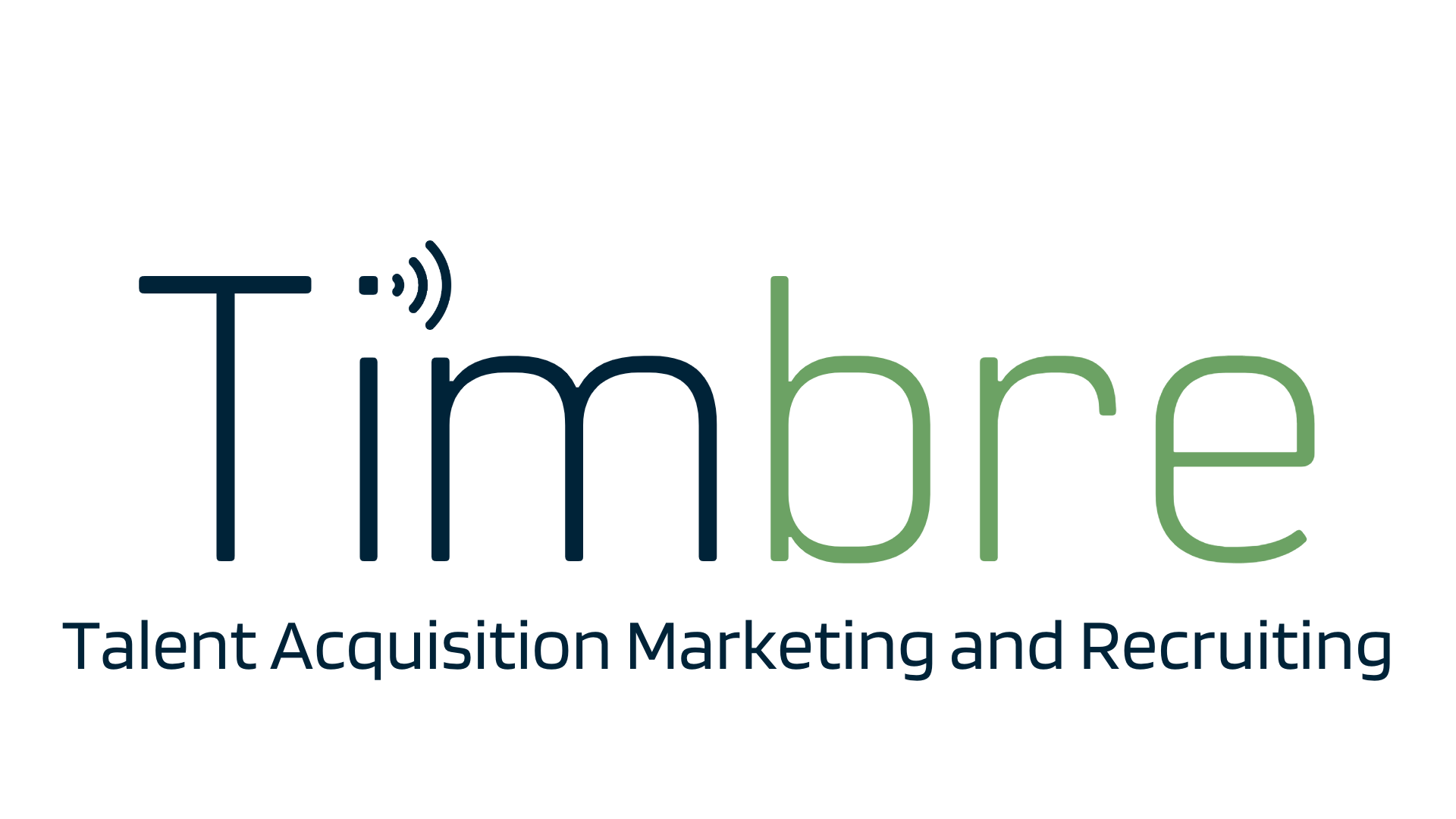If there’s one thing we can all agree on, it’s this: no-call/no-shows are a waste of time and money. Unfortunately, this problem is pretty common; according to USA Today, some businesses report that up to 50% of employees and interviewees aren’t showing up. Though there isn’t a simple solution here, there are ways to reduce frequency.
Be Timely.
Put yourself in your applicant’s shoes: company #1 takes two days to respond, while company #2 takes seven. Which one looks more appealing? Furthermore, The U.S. Bureau of Labor Statistics reports that jobseekers submit approximately 13.67 applications–so applicants have options. If you want to stand out from your competition (i.e. those other twelve companies and/or positions), then you’ll have to act quickly.
For new hires, timely communication is still crucial: as soon as you think you have a no-call/no-show, reach out directly to your employee to get more information. Are they running late? Maybe they’re just not coming–but by being proactive, you aren’t waiting to find out. Additionally, turning the scenario into a dialogue will show them you’re invested in their success.
Be Transparent.
Be clear with your expectations: if the interview process includes multiple steps, then simply let your applicant know. By doing so, you’re both empowering them to set their own expectations and also showing respect for their time. Have you gotten so many applicants that your scheduling is limited? Let them know that too. Indeed.com recommends being transparent with this information and allowing applicants to either keep assigned interview slot or proactively try to reschedule it.
For new hires, transparent communication is important as well. To illustrate this point, let’s look at an example of vague communication:
- “Looking forward to seeing you on Monday, Joe!”
Now, transparent communication:
- “Looking forward to seeing you Monday morning at 9 a.m. in the lobby, Joe! If you have any problems finding the office, feel free to call me at 555-555-5555.“
Not only are you giving Joe important information, but you’re also being clear about what you expect from him.
Be Positive.
If you present your company in a positive light, then an applicant will be more likely to keep their interview. Remember, an interview isn’t just for an applicant to sell themselves; it’s an opportunity for you to sell your company and culture. Consider which of the following two scenarios would be more appealing (you’ll see what we mean):
- Interview #1: Your interviewer makes minimal conversation beyond a list of questions. She makes negative comments under her breath about working for the company.
- Interview #2: Your interviewer is friendly and takes interest in you as a person. She shares information on the position and the company retreat.
Positivity is just as important for new hires. And although not all no-call/no-shows are a result of nerves, they certainly can be. The solution here is to stay positive; if you do so throughout the hiring process, then your new employee will be more likely to have a smooth first day.
Handling no-call/no-shows takes time, money, and energy. While you can’t completely prevent interviewers or employees from ghosting you, you can use effective communication to mitigate the problem. Step one is understanding the importance of being timely, transparent, and positive. Step two is the challenge: revising your recruiting.This will take time–especially if you haven’t done it before. Fortunately, we at PeopleLift are experts in optimizing recruiting methods. Our recruiting techniques leverage cutting-edge technology to market your brand and fill your talent pipeline with quality applicants. From there, we can help you communicate effectively with top talent–thereby decreasing your number of no-call/no-shows. Discover the PeopleLift Difference Today – Contact us to schedule a no-obligation Discovery Call and get your FREE Comprehensive Talent Marketplace Assessment!


